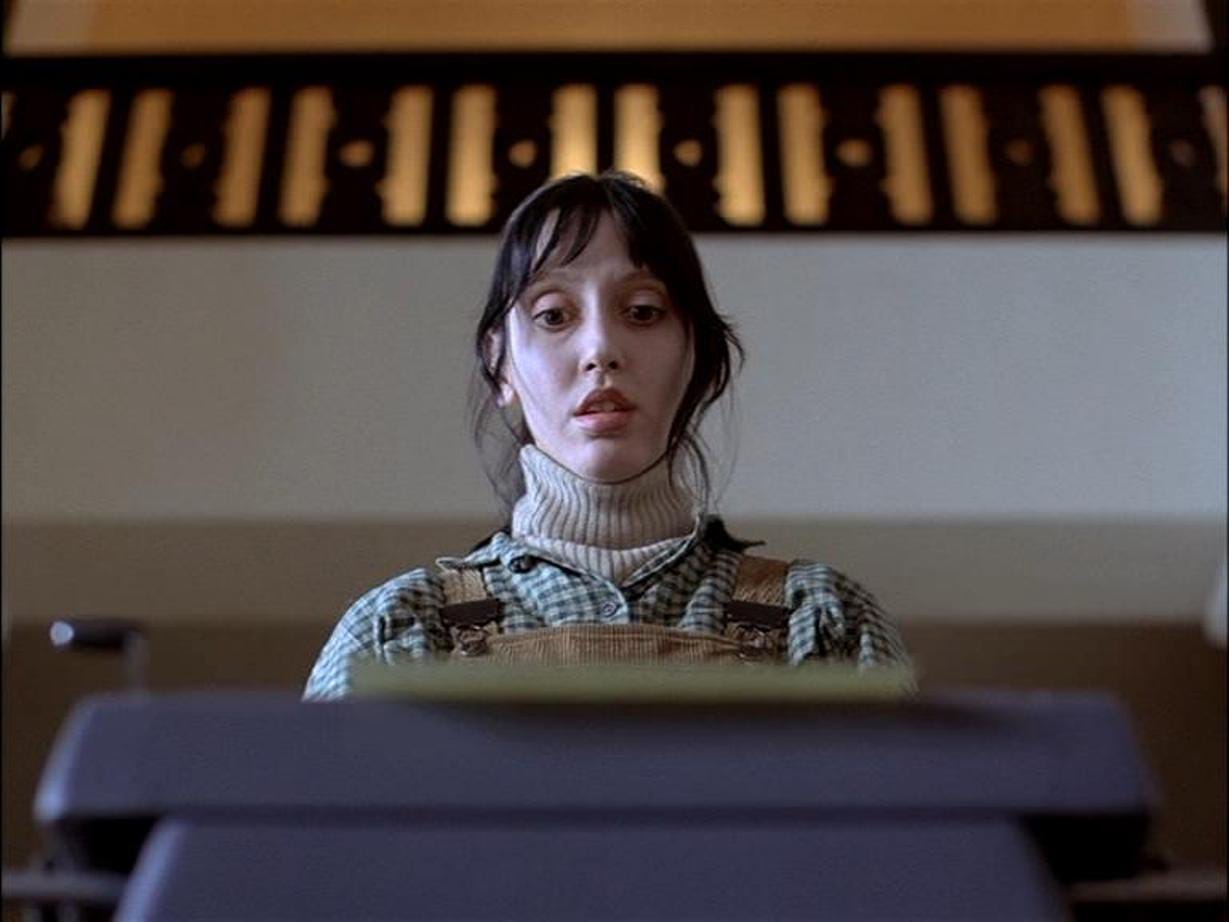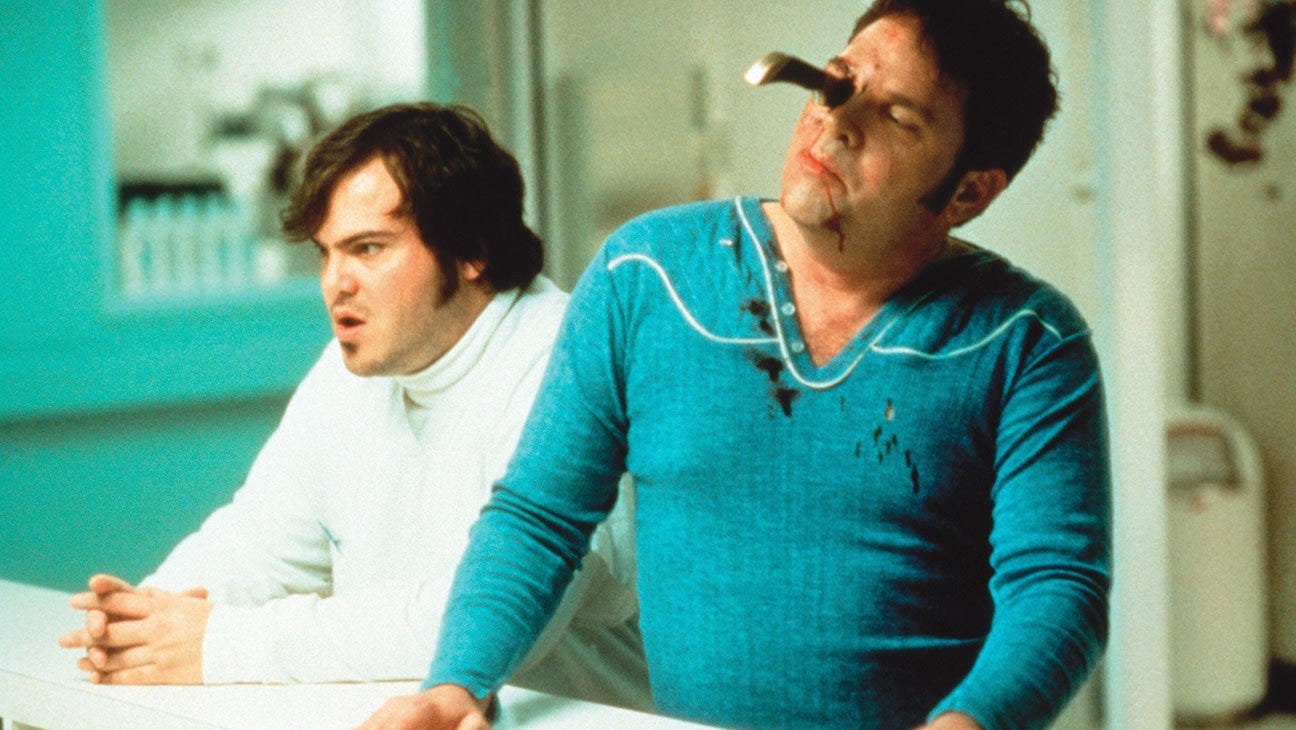Recently I read a review of something—it was Rachel Kushner’s Creation Lake—that stopped me in my tracks. It wasn’t so much the review itself, which seemed, ultimately, mixed (Brandon Taylor’s withering, if slightly perplexing, takedown of the novel this was not), but simply the fact the review seems barely to pull from the novel at all, citing it in bits and pieces but never once for more than a sentence at a time. There’s nothing wrong with this—the critic, Ryan Ruby, is a sharp one, and he cannily apprehends that a novel about environmental politics and a French leftist commune might be better unpacked through a Marxist lens than by dickering over its prose style—and yet . . . it seems odd not to remark, even once, on the properties of a book’s actual writing in the context of a lengthy, substantive review. It led me to wonder why people don’t talk about style much these days, and why, when they do, they tend to do it stupidly.
In a sense, this is a rhetorical question. The fetishization of “style” in art—the so-called “aesthetic turn”—seems to have become, for the most part, a right-wing talking point1. I don’t care about politics, I care about aesthetics is slack thinking at best, reactionary nonsense (what was it Walter Benjamin said? “the logical result of Fascism is the introduction of aesthetics into political life?”) at worst. To imagine “style” and politics can be separated is mistaken, but it also seems to me that to dispense with thinking about style altogether, to imagine that a book’s politics might be its most salient feature or provide a totalizing perspective from which to view it, seems similarly bogus. There’s no doubt that a slew of crummy books in recent memory have gussied up their progressive politics with aspirant “lyric” prose that might make anyone yearn for the plainness of Hemingway, and that—conversely—a lot of even-worse contemporary writing takes on gnarled and anachronistic textures that feel imported from the more baroque prose of the 18th or 19th Centuries (I’m certainly not going to link to it, but the neoreactionary horseshit coughed up by Claremont Institute types like Curtis Yarvin springs to mind here.) This isn’t really what I mean by “style” though. My buddy Sterling wrote a piece recently on beauty, something he talks about a lot and which I think some folks misunderstand as meaning “prettiness” when that’s not what he’s talking about at all. I reckon he means more what Joyce does in A Portrait of the Artist as a Young Man: a state of “aesthetic arrest.” I suppose what I mean in talking about style, if I had to define it, would be the management and manipulation of tone (or, rather, tones). Good writing, broadly speaking, has more than one. It’s always operating in more than one register. It’s the tension between these things, which are almost always in conflict with one another, that keeps the writing interesting. Without it, a book (story, paragraph—even a tweet, perhaps) tends to fall flat.
I’ll show you what I mean. Leaving aside Denis Johnson (pictured above in his cameo appearance in Alison Maclean’s adaptation of Jesus’ Son, precisely because nobody is better than Johnson when it comes the most aggressively conflicting tones), I found myself re-reading Charles Portis’s Dog of the South this weekend—shout out to Jonathan Lethem for reminding me I hadn’t read Portis in a while—and Goddamn. What an irresistible writer he was. One can see it from the book’s first few paragraphs, which in their charm and incongruity snap one straight to attention:
My wife Norma had run off with Guy Dupree and I was waiting around for the credit card billings to come in so I could see where they had gone. I was biding my time. This was October. They had taken my car and my Texaco card and my American Express card. Dupree had also taken from the bedroom closet my good raincoat and a shotgun and perhaps some other articles. It was just like him to pick the .410—a boy’s first gun. I suppose he thought it wouldn’t kick much, that it would kill or rip up the flesh in a satisfying way without making a lot of noise of giving much of a jolt to his sloping monkey shoulder.
When the receipts arrived, they were in lumpy envelopes and the sums owed were such that American Express gave way to panic and urged me to call B. Tucker in New York at once and work out terms of payment. It was my guess that this “Tucker” was only a house name, or maybe a hard woman who sat by a telephone all day with a Kool in her mouth. I got out my road maps and plotted the journey by following the sequence of dates and locations on the receipts. I love nothing better than a job like that and I had to laugh a little as the route took shape.
What a killer opening. Leaving aside the obvious disjunct between the situation and the narrator’s response to it (were someone to run off with my partner, car, and credit cards, I’m not sure I’d be quite so relaxed about it), there’s also the way the hard charge of the first sentence gives way to the contradictory slowdown (“I was biding my time”) of the second, and a whole host of precise and/or ludicrous details—lumpy envelopes, “B. Tucker,” and best of all that “sloping monkey shoulder”—that tell us the narrator’s gonna be a gas to hang out with. By the time he gets around on the next page to talking about Hannibal and Hernando de Soto, it’s evident that this man belongs to a comic American tradition (his closest analog is probably Saul Bellow’s similarly cuckolded, and similarly pedantic, Moses Herzog), but of course that comic vibe is underpinned by—and alternates with—an inescapable sense of pain. A lot of writing—a lot of bad writing, frankly—can’t do this, or anything like it. It operates in one register, which is tedious. But it’s not just, or even necessarily, a matter of conflicting mood. There are other tensions that can galvanize a piece of writing just as well, as in this passage, which also struck me as excellent when I stumbled across it again yesterday:
In the afternoons I hiked up the big hill behind Occidental College, where I could look over Eagle Rock and Highland Park and out further, to the Hollywood Hills and Santa Monica on the coast in the distance. The air was toasty and fragrant and a breeze pushed around clumps of wheatgrass on the dry hillside. From above, the undulating hills of Highland Park looked like ocean swells that had frozen and been slowly covered by dark green vegetation. Far below, cars moved silently along the boulevards and highways like droplets down branches. It seemed the whole city had been built on the bottom of a vanished sea.
When I got stuck I’d take long aimless drives into parts of town that no one talked or wrote about. The eternal Los Angeles is composed of infinite intersections full of nothing remarkable. These are the corners you move through while going elsewhere and stop at only when the signal says to. Each one offers a similar but always slightly different combination of peeling signage, concrete pathways, and buildings painted and repainted in so many layers of nameless color that it’s no longer possible to tell whether they’re new or very old. These places don’t ask to be discovered and are rarely remembered. Here the city is so devoid of historic significance and attraction that you wouldn’t know its tempo unless you deliberately attuned yourself to it.
It wasn’t unusual for me to end up on one of those nowhere corners at the end of an afternoon, when the sun stretches to its longest, lowest point, leaving a layer of low-tuned radiance on everything it touches. During that window, every surface holds the glow and for a passing moment it seems possible to see things as they are. Once a day, the light in Los Angeles can turn the most hideous and anonymous buildings into palaces; it can make the most forgotten worlds seem perfect.
This is from my friend Sam Sweet’s wonderful Hadley, Lee, Lightcap, and what makes it so good isn’t just the stately, sonorous quality of the sentences themselves—although that’s excellent—or the descriptive precision of the view from that hilltop, but a subtler tension between permanence and transience, which is so deeply embedded in every metaphor and image (the hills—permanent—being likened to ocean waves—transient—and the “eternal” Los Angeles being likened to Atlantis before being also being “devoid of historic significance”) that you can’t possibly escape from it. It’s a placid-seeming passage that’s fighting a war in every syllable, and its symphonic tensions are such that even when he lays on what could be an obtrusive poetic effect (as in the stretch of alliteration that happens with “longest, lowest point, leaving a layer of low-tuned radiance”) you barely even notice because those tensions are holding any rhetorical excesses at bay. It’s a passage about a place that’s really—as with all writing that’s worth our fullest attention—about time. That, to me, is what style is, really, and perhaps all it is: a byproduct of tensions that can’t possibly be resolved.
Such tensions are invariably political, of course. But they’re not only political2, any more than a person is only a set of data points. And they gesture towards something Ruby also nods to in Kushner’s book, citing a passage in which Kushner’s narrator refers to what she calls a “four AM self,” the person who might exist beneath their own political directives, postures and commitments, a stubbornly egotistical core that precedes ideology. Ruby seems to dismiss this notion (or, at least, to dismiss the novel) as fundamentally reactionary. Perhaps it is, having not yet read the novel, but I wouldn’t be so sure. Any novel—any work of art, really—worth our time is likely to be carried by competing impulses, political and otherwise, and of course it’s this very set of contrasts that allows anything to at least stand a chance of being good. (It’s why so many novels with righteous politics on the surface tend to fail. They don’t make room for their own contradictions.) Ruby never really comes clean on whether he likes Kushner’s novel or not (although it’s fairly clear, reading not far between the lines, that he doesn’t). Then again, maybe it doesn’t matter. Or else—he just doesn’t care.
Later,
MS
I wish when people argued against it they would be a little less boring. This piece, say, is wholly correct on substance (and correct on The Substance), but tedious as hell in its argumentation all the same
And where they are, are so in ways that are violently contradictory, as in this particular passage’s tension between progress and revanchism.





The analysis of the Sam Sweet passage is fantastic. Would love to see more close reading like this in book reviews.
Really enjoyed this. Great insight into the writing. And Any piece that includes Denis Johnson and Charles Portis is alright by me.